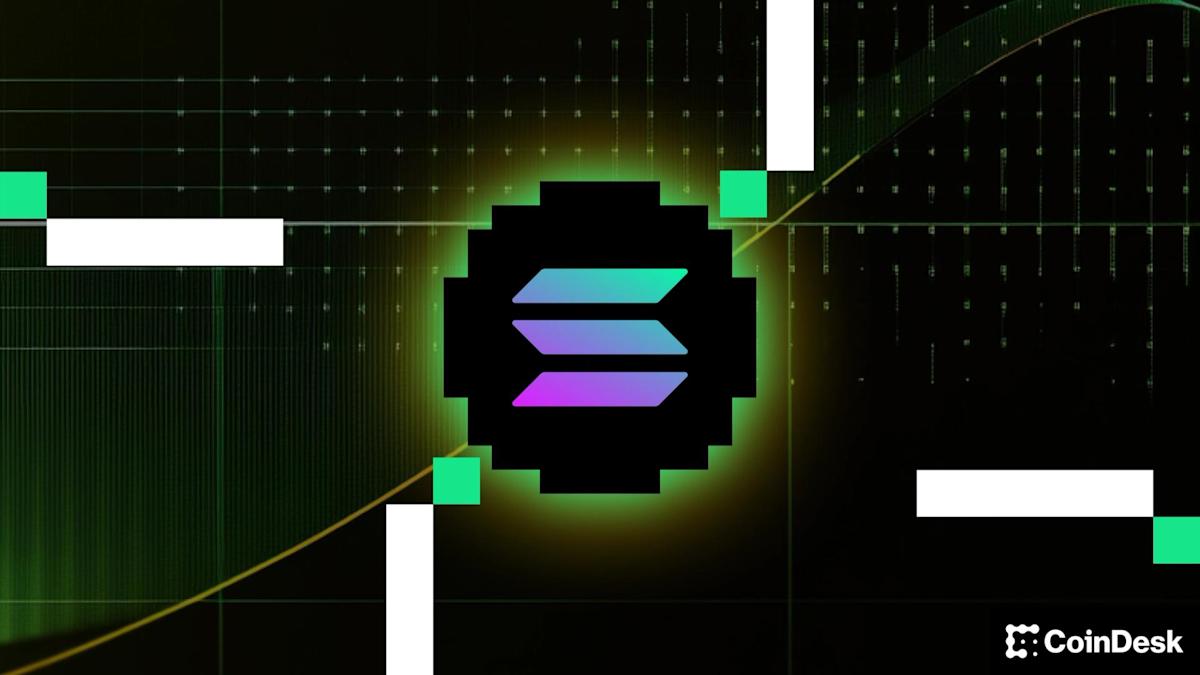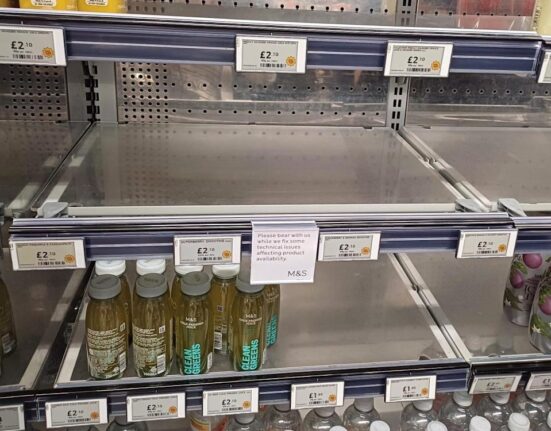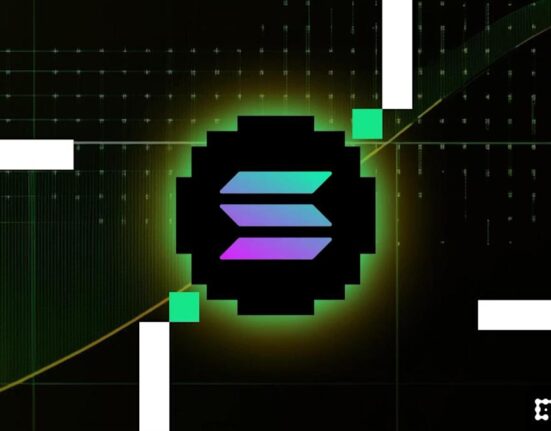Solana (SOL) traded around $191.95 at 15:45 UTC on Oct. 25, after a push toward $195 faded, with traders watching whether the market can hold the high-$180s and convert $192–$195 into a base.
Earlier today, crypto nalyst Ali Martinez called $188 Solana’s most critical support and shared a Glassnode “realized price distribution” chart — a histogram of where large amounts of SOL last changed hands.
Because a big supply cluster sits near $188, many holders are close to break-even there; such zones often act like floors (holding above them tends to reduce selling, while breaks can invite more supply).
On Oct. 23, Fidelity has added SOL for U.S. brokerage customers, broadening access alongside bitcoin (BTC), ether (ETH), and litecoin (LTC). Access changes don’t decide the day’s tape, but they expand the potential buyer funnel.
On Oct. 20, Gemini announced a Solana edition of the Gemini Credit Card, which was launched in 2023.
The Solana-branded design provides up to 4% back in SOL on gas, EV charging, and rideshare up to a monthly cap, 3% on dining, 2% on groceries and 1% on other purchases, with select merchant offers that can reach 10 percent.
The Gemini Credit Card has no annual fee, no fee to receive crypto rewards and no foreign transaction fees. Gemini is also introducing an option to auto-stake Solana rewards directly; staking APRs can change and are not guaranteed.
CoinDesk Research’s technical analysis data model shows SOL edged higher over the prior 24-hour session, traveling about $5.24 ( around 2.7%), with buyers defending $189.25 and sellers showing up near $195. The model’s map: primary support $189.25, secondary $186, and resistance clustered around $195.49, with a nearer intraday shelf near $192.50.
The largest burst hit 09:00 UTC, when volume rose to 786,000 — about 47% above the 24-hour average (534,000) — as price rejected the $195.16 area and slipped into the $192s.
On the 60-minute view, SOL fell from $193.73 to $192.53, with spikes at 14:10 UTC (around 39.9K) and 14:14 UTC (around 41.1K) helping push through $192.50 and set fresh hourly lows. In plain English: $195 behaved like a cap; $192.50 briefly gave way before stabilizing.
-
Upside: If SOL closes above $195 (UTC) and holds it, the next area to target is $200–$208.
-
Downside: If SOL falls below $192.50 and stays there, a retest of $189.25 is likely, with $186 next; losing the $189–$188 zone would put $183 in view.
Over the same window, the CoinDesk 5 Index rose from 1,929.11 to 1,958.10 (about +1.5%), holding above 1,950 after a morning push.
Solana (SOL) traded around $191.95 at 15:45 UTC on Oct. 25, after a push toward $195 faded, with traders watching whether the market can hold the high-$180s and convert $192–$195 into a base.
Earlier today, crypto nalyst Ali Martinez called $188 Solana’s most critical support and shared a Glassnode “realized price distribution” chart — a histogram of where large amounts of SOL last changed hands.
Because a big supply cluster sits near $188, many holders are close to break-even there; such zones often act like floors (holding above them tends to reduce selling, while breaks can invite more supply).
On Oct. 23, Fidelity has added SOL for U.S. brokerage customers, broadening access alongside bitcoin (BTC), ether (ETH), and litecoin (LTC). Access changes don’t decide the day’s tape, but they expand the potential buyer funnel.
On Oct. 20, Gemini announced a Solana edition of the Gemini Credit Card, which was launched in 2023.
The Solana-branded design provides up to 4% back in SOL on gas, EV charging, and rideshare up to a monthly cap, 3% on dining, 2% on groceries and 1% on other purchases, with select merchant offers that can reach 10 percent.
The Gemini Credit Card has no annual fee, no fee to receive crypto rewards and no foreign transaction fees. Gemini is also introducing an option to auto-stake Solana rewards directly; staking APRs can change and are not guaranteed.
CoinDesk Research’s technical analysis data model shows SOL edged higher over the prior 24-hour session, traveling about $5.24 ( around 2.7%), with buyers defending $189.25 and sellers showing up near $195. The model’s map: primary support $189.25, secondary $186, and resistance clustered around $195.49, with a nearer intraday shelf near $192.50.
The largest burst hit 09:00 UTC, when volume rose to 786,000 — about 47% above the 24-hour average (534,000) — as price rejected the $195.16 area and slipped into the $192s.
On the 60-minute view, SOL fell from $193.73 to $192.53, with spikes at 14:10 UTC (around 39.9K) and 14:14 UTC (around 41.1K) helping push through $192.50 and set fresh hourly lows. In plain English: $195 behaved like a cap; $192.50 briefly gave way before stabilizing.
-
Upside: If SOL closes above $195 (UTC) and holds it, the next area to target is $200–$208.
-
Downside: If SOL falls below $192.50 and stays there, a retest of $189.25 is likely, with $186 next; losing the $189–$188 zone would put $183 in view.
Over the same window, the CoinDesk 5 Index rose from 1,929.11 to 1,958.10 (about +1.5%), holding above 1,950 after a morning push.












Leave feedback about this